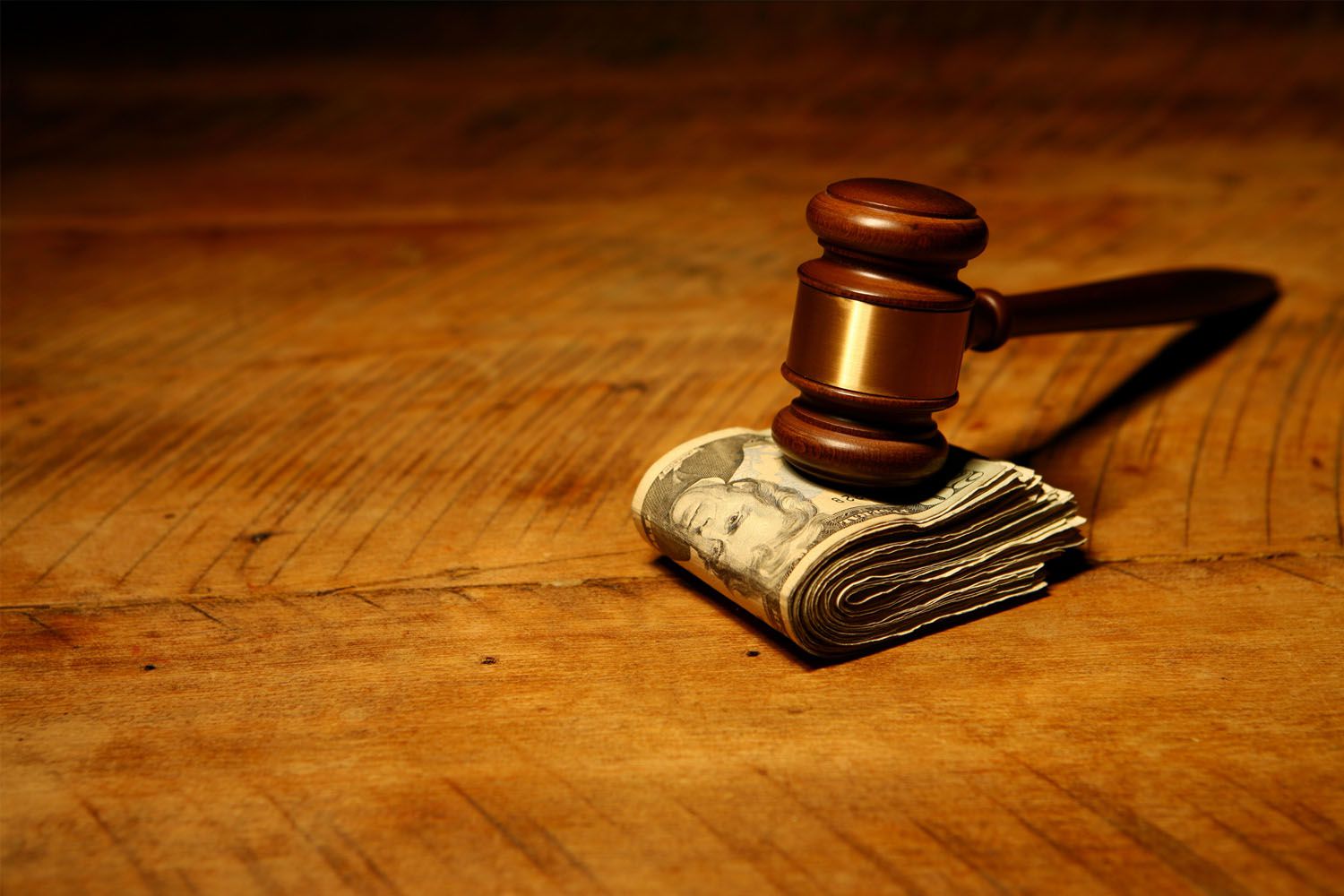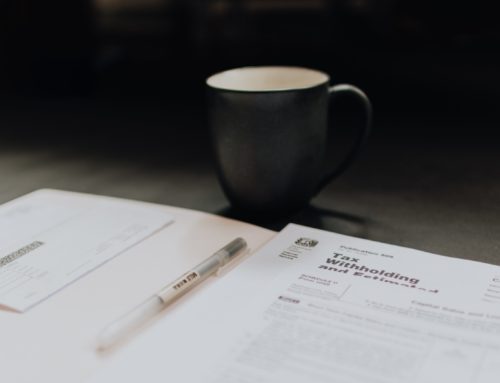Chapter 13 Bankruptcy (also known as a “Wage Earners Bankruptcy”) allows you to restructure your debts without having to worry about income or surrendering assets. It is called “Wage Earners Bankruptcy” because a regular source of income is required to make payments. The filer proposes a Chapter 13 plan under which monthly payments are made to creditors on a pro-rated basis over the course of 3 or 5 years. At the completion of the plan, any portion of your debt that remains unpaid is discharged. Chapter 13 has some unique features that can make it more desirable than a Chapter 7 in some cases. Bankruptcy issues can becoming increasingly complicated when a divorce is involved. In this article, we’re going to look at some of the pros and cons of Chapter 13 bankruptcy when it coincides with divorce.
Chapter 13 Pros & Cons
Here is a list of pros and cons to help you decide if Chapter 13 is right for you.
Pros:
- Allows you to reinstate defaulted mortgages by paying off arrears through the plan.
- No maximum income eligibility requirements.
- Does not require turnover of assets.
- Can be used to strip off unsecured liens.
- Provides protections to non-filing co-debtors.
- Zero interest paid on debts included in the plan.
Cons:
- Length is 3 to 5 years depending on income.
- Requires payment of all disposable income into the plan.
- Missing plan payments may result in dismissal.
- Payments may increase with increases in your income.
Still not decided? Contact a Minnesota Attorney at Heimerl & Lammers with your questions and concerns. Our lawyers offer free initial case reviews.






